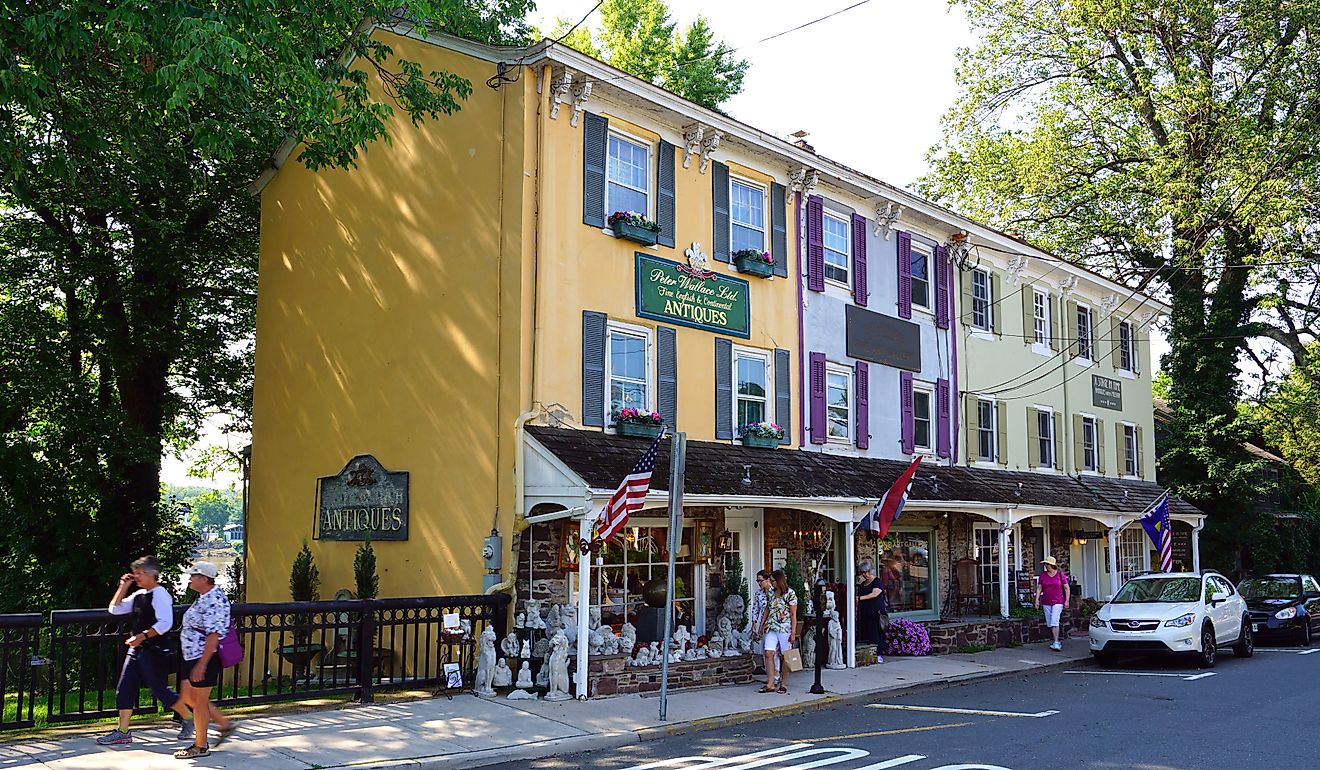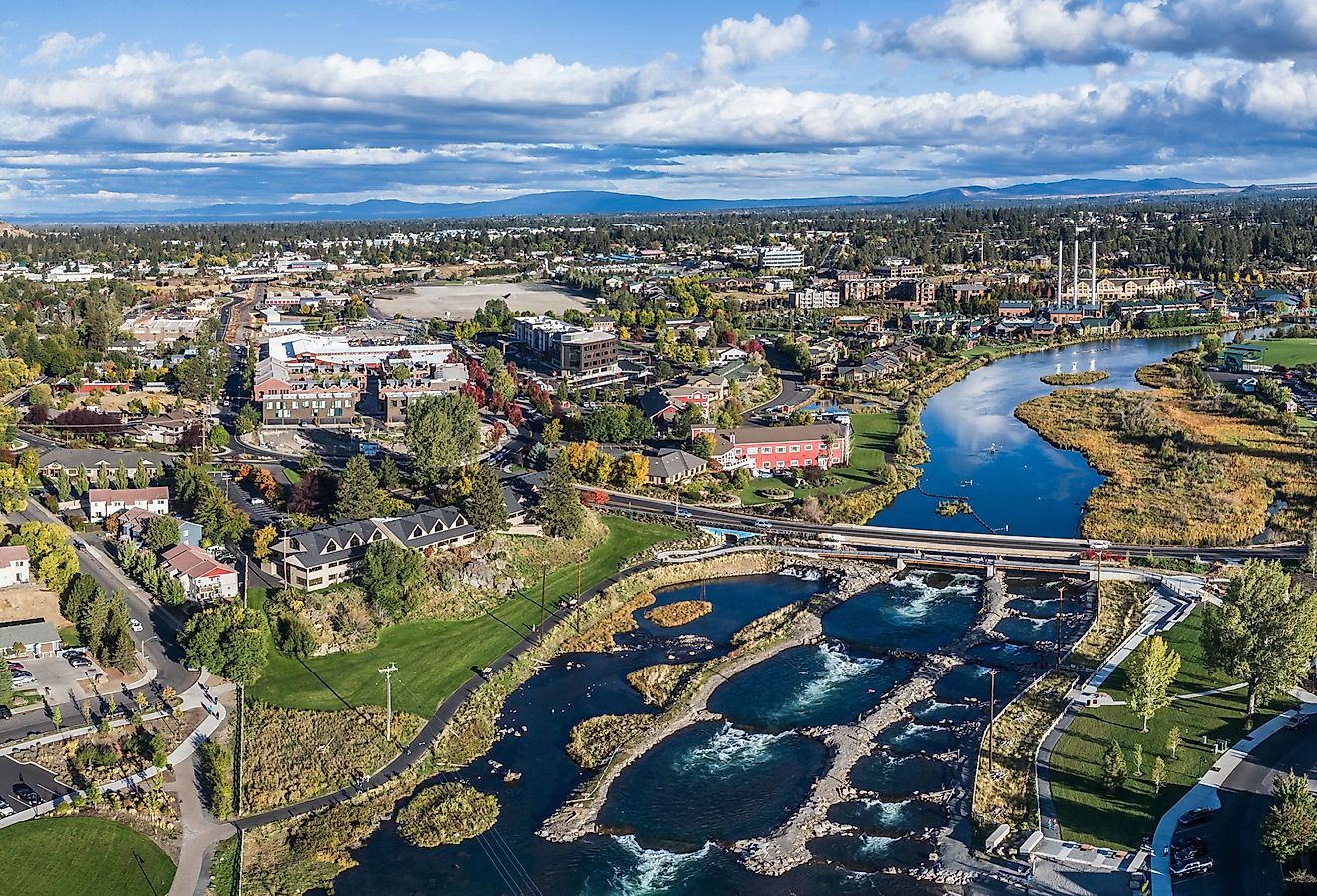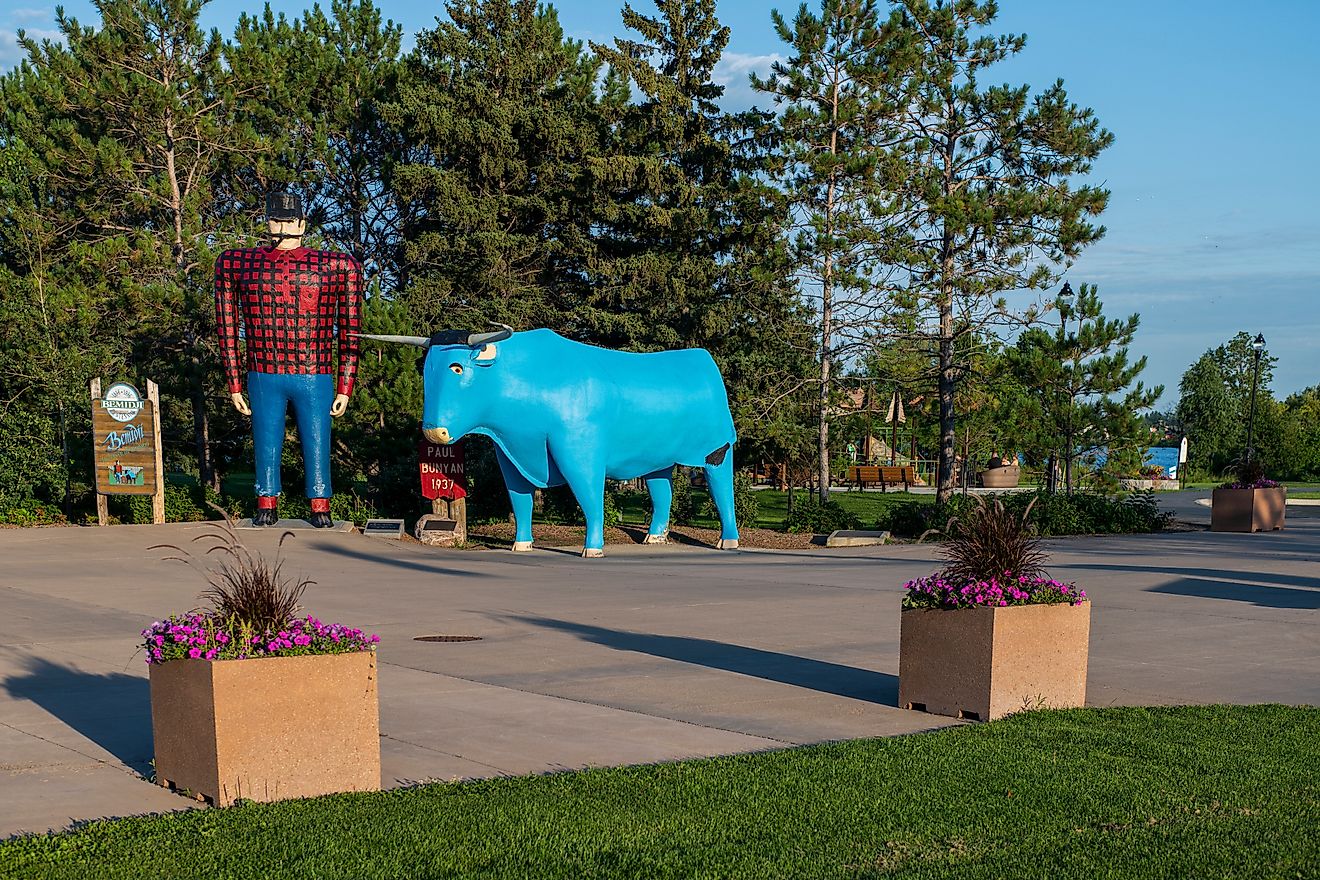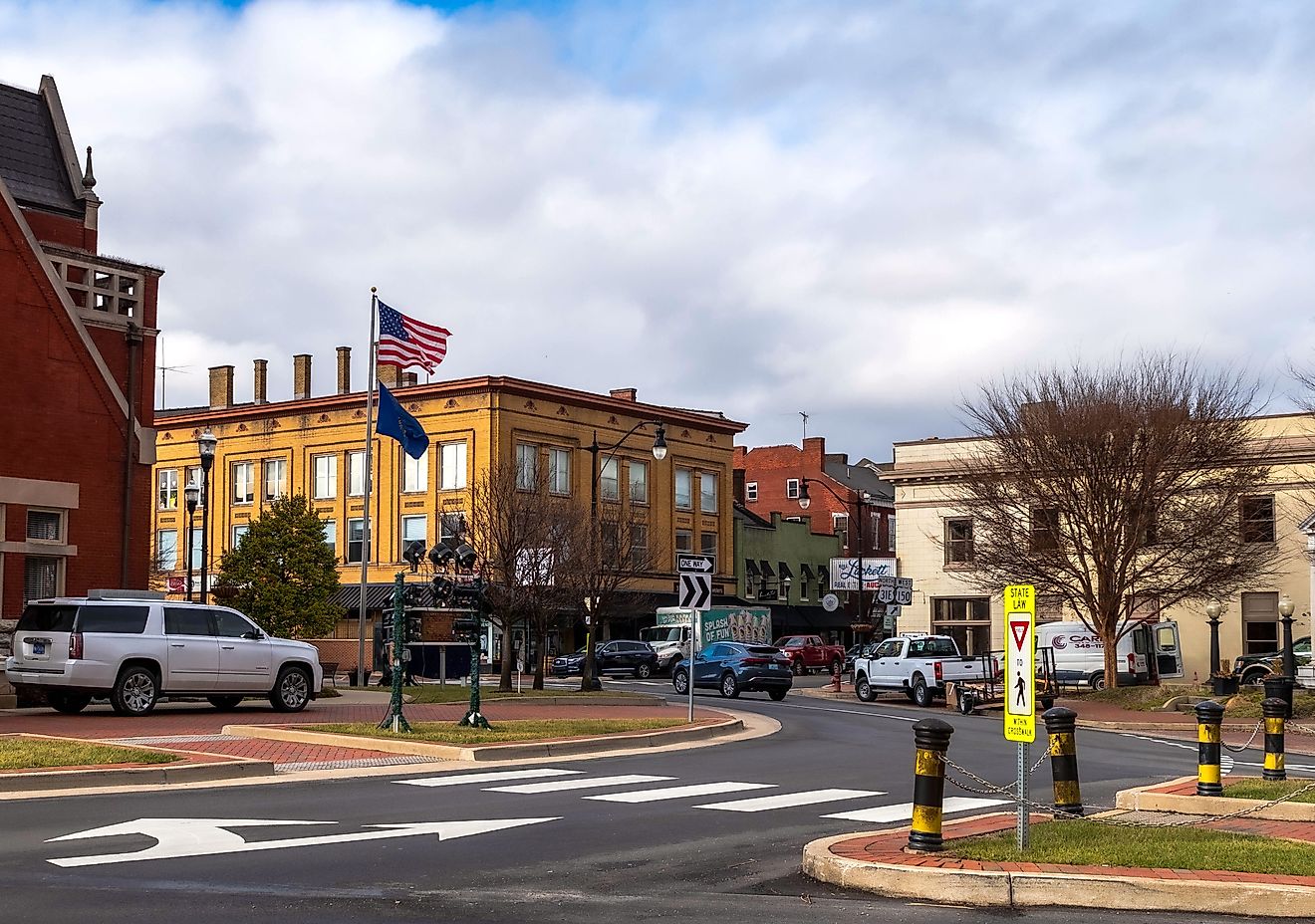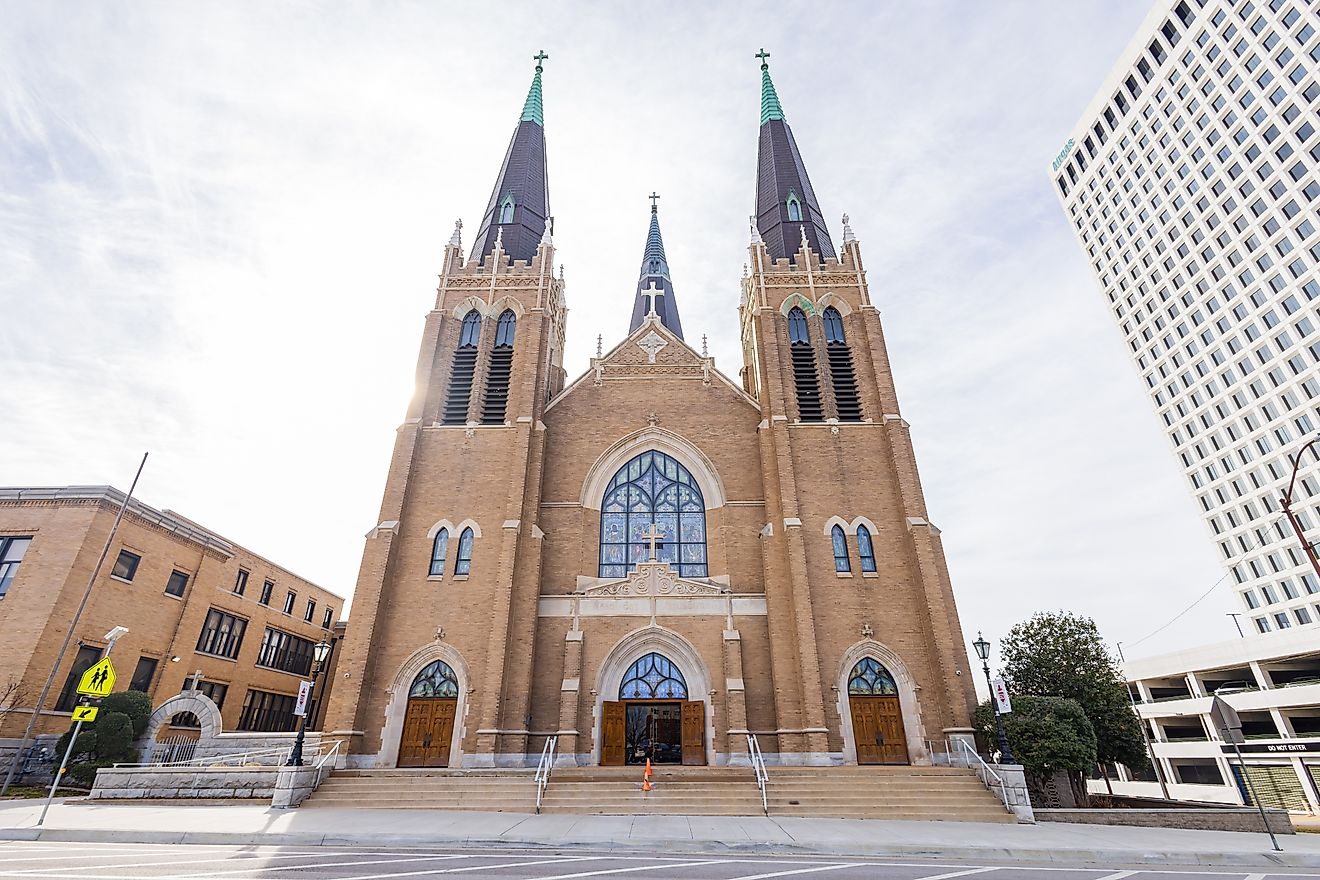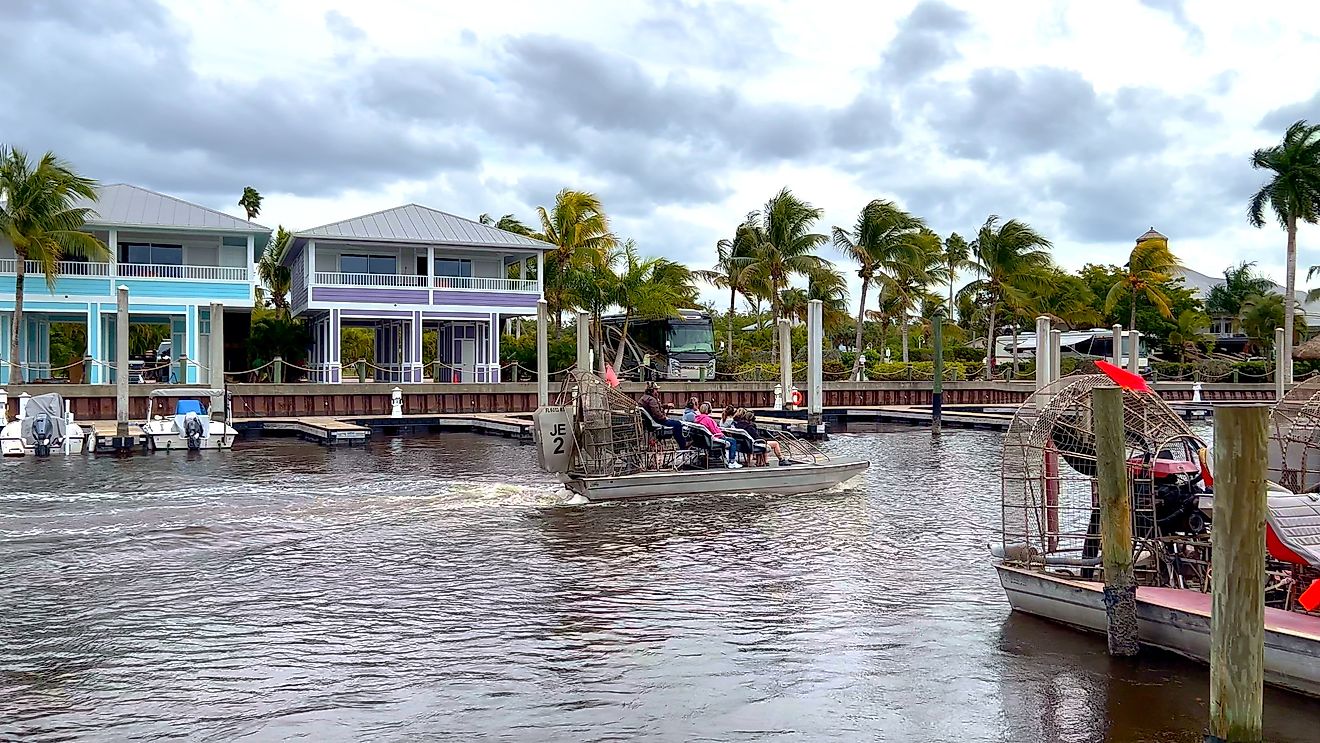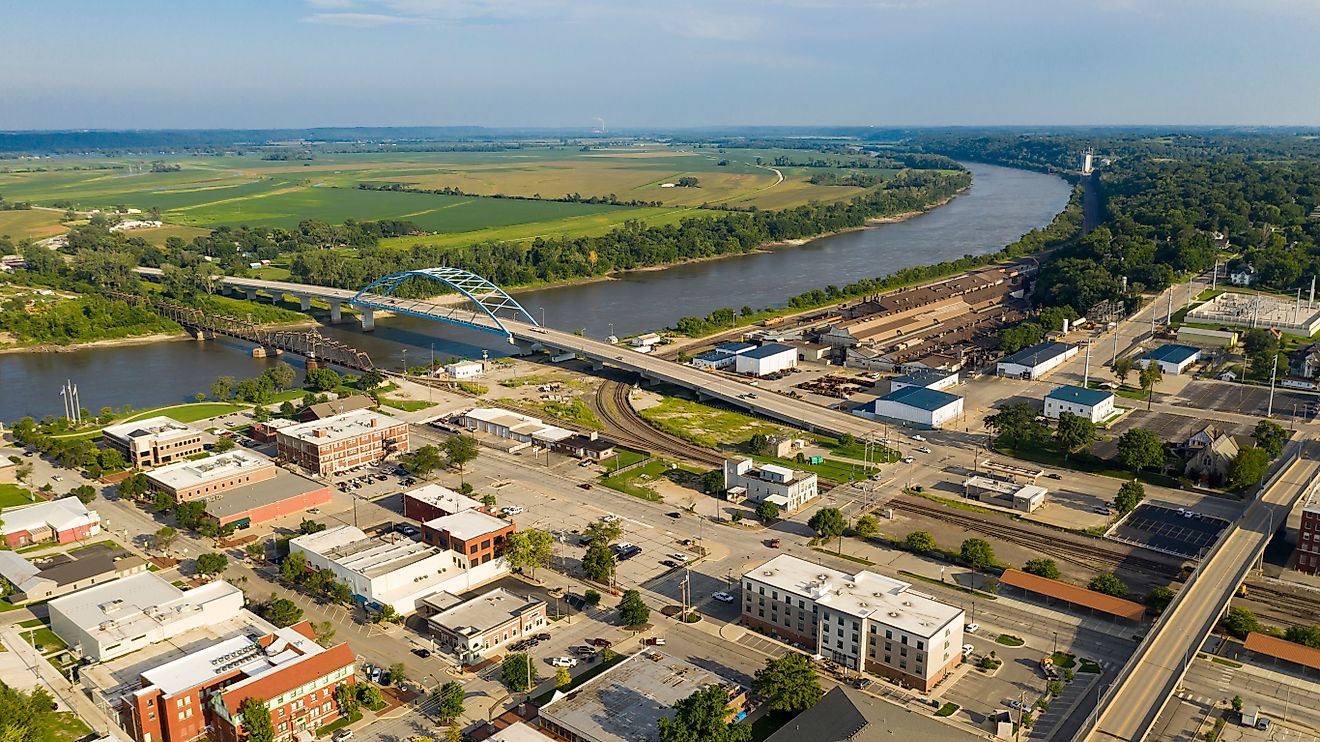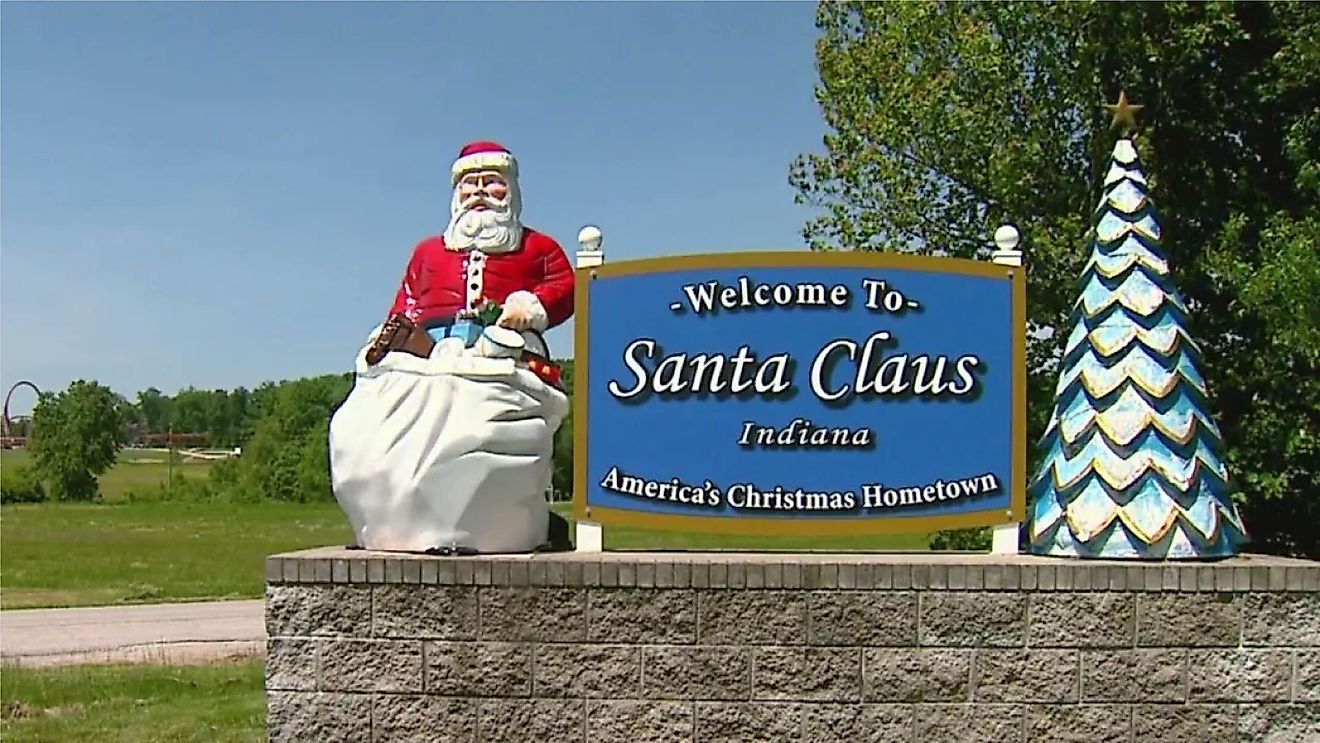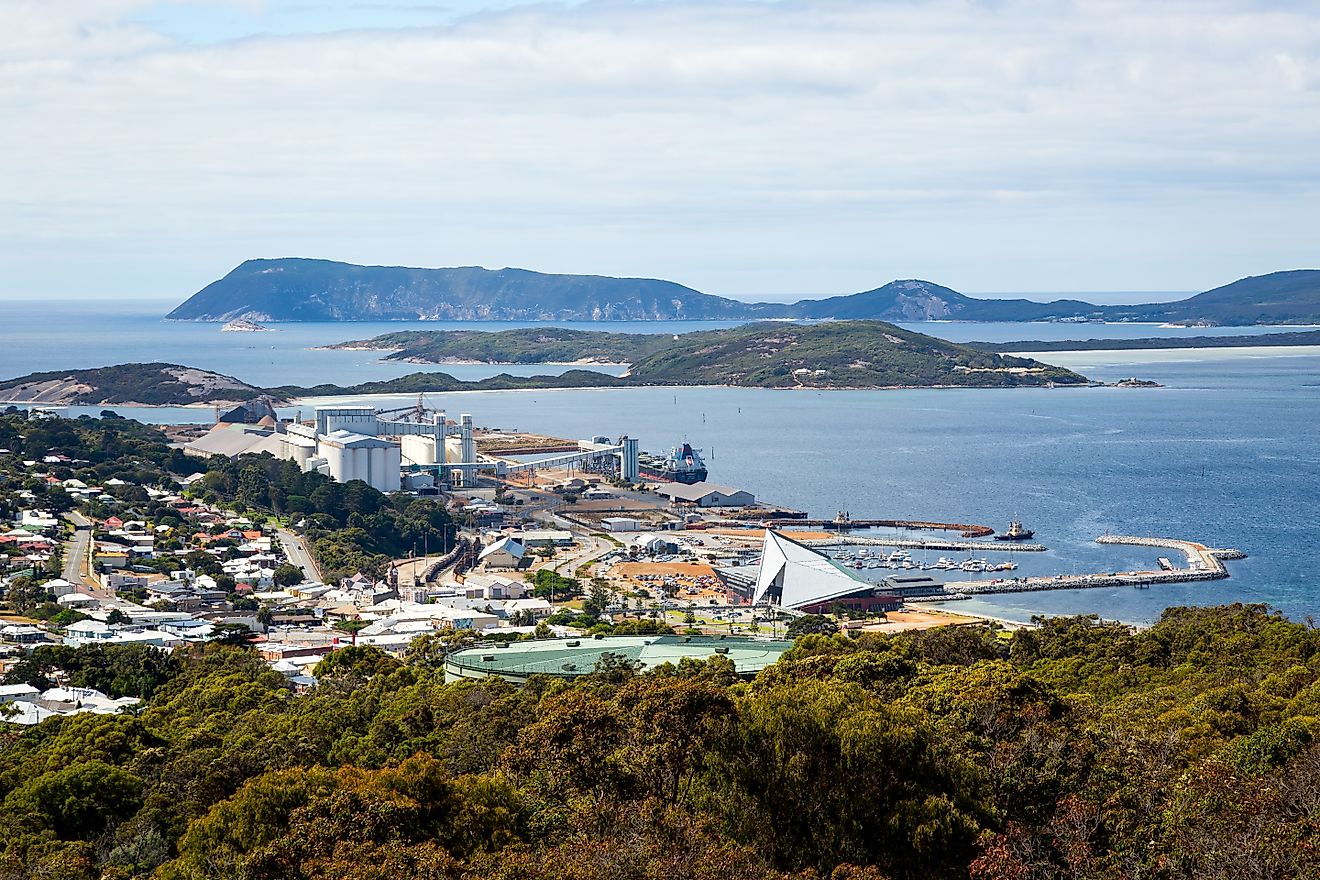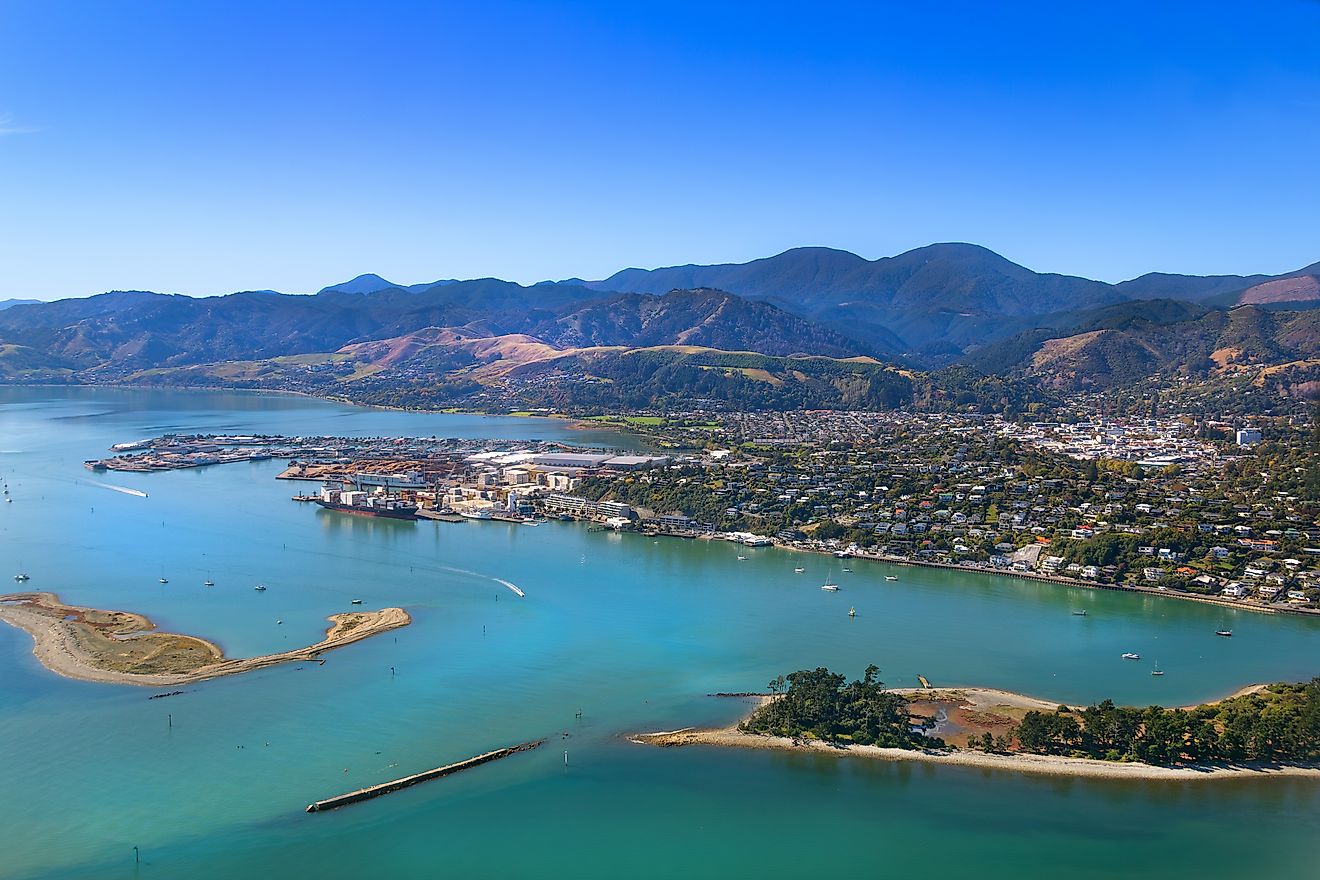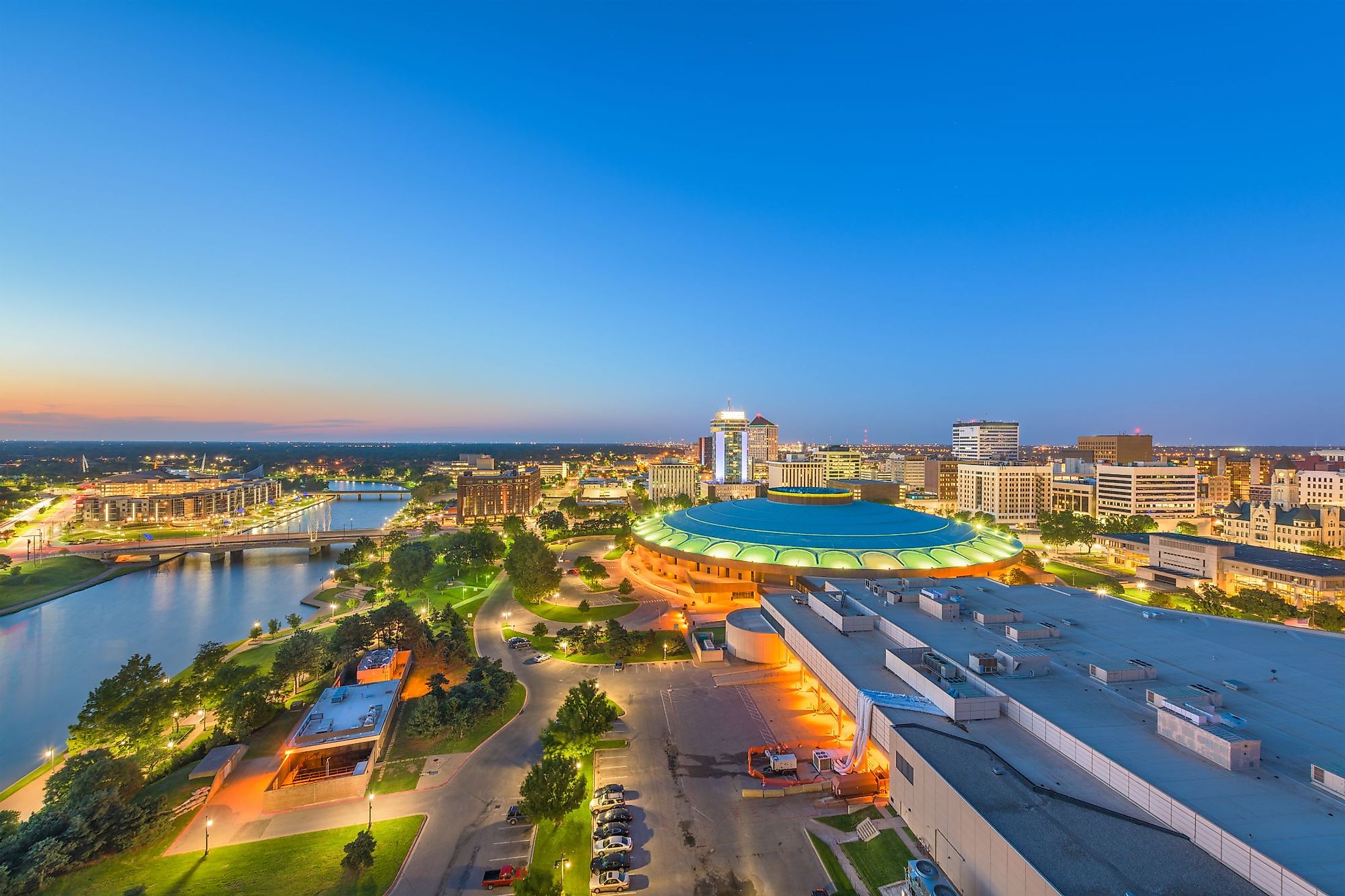
Wichita, Kansas
Tucked away in the Flint Hills and resting on the banks of the Arkansas River is Kansas's largest city of Wichita. The city has a jaw-dropping past full of entrepreneurial spirit. Often referred to as the "World's Air Capital" for its early investors: Clyde Cessna, Lloyd Stearman, and Walter Beech, all of who turned Wichita into a significant hub for airplane manufacturing during World War II. Wichita also serves as the flagship location for some famous franchises, such as White Castle and Pizza Hut.
Geography And Climate Of Wichita
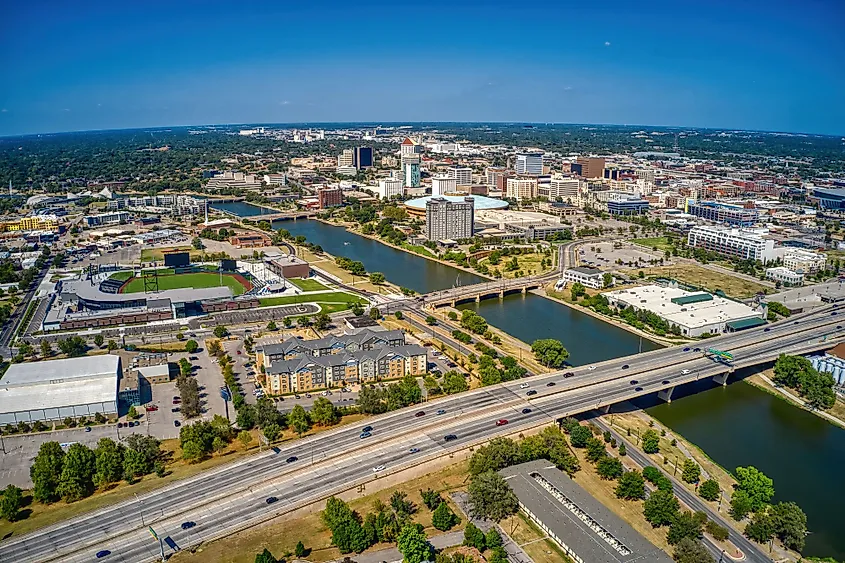
Wichita is a large city situated in Sedgwick County in the south-central portion of the US State of Kansas. Wichita is situated approximately 253 km north of Oklahoma City, 291 km southwest of Kansas City, and 710 km from Denver. The city covers a total area of 431.28 sq. km, of which 11.73 sq. km is covered by water, and 419.55 sq. km is occupied by land. The 123km long Arkansas River runs through Wichita and is a tributary of the Mississippi River. It flows through an area of the Great Plains known as the Wellington-MacPherson Lowlands, which the Arkansas River dissects into halves. The Equus Beds Aquifer can be found in the northern section of the Wellington-MacPherson Lowlands and serves as a significant water source for the residents of Wichita and nearby Hutchison. Furthermore, Wichita resides in a geophysical area of the Flint Hills, also known as the Bluestem Hills. This surrounding area got its name for the abundance of flint found within this alluvial plains, aside from the common silt, clay, and gravel.
With four seasons in a year, distinct muggy summers, and snowy and windy winters, Wichita experiences a humid subtropical climate. Wichita collects annual precipitation over 78.7 days from rain, hail, and snow. Rainfall amounts to 861.06 mm and snowfall to 322.58 mm. The year's coldest month is January, with an average temperature of -5.7 °C, whereas the year's warmest month is July, with a temperature of 33.1 °C.
History Of Wichita
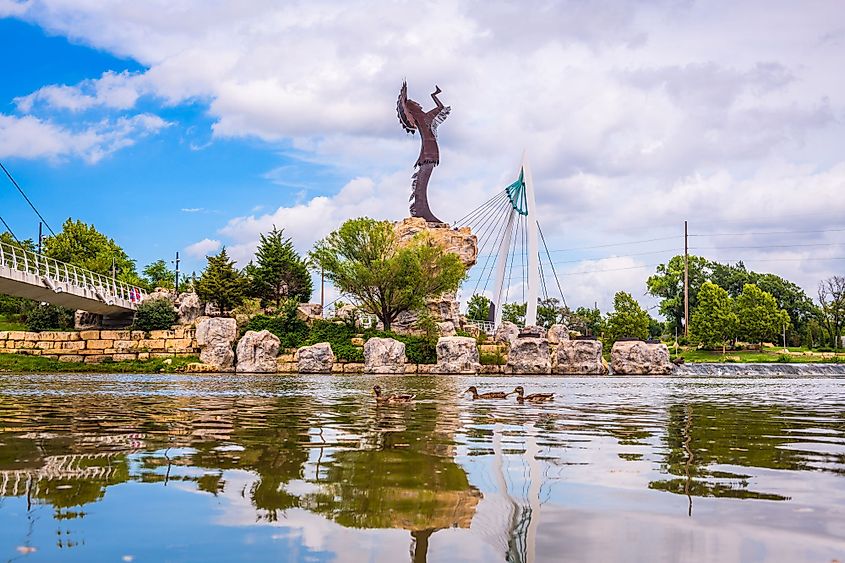
Long before the first settlers arrived, the nomadic Wichita Native Americas roamed the land. The first settler, J.R. Mead, established a trading post on the widely used Chisholm Trail. Among the first settlers were some Wichita Native Americans who permanently settled in Wichita around 1864. By 1870, Wichita was incorporated as a town and given the nickname “cow town.” This was due to the cattle drives that passed through the Chisholm Trail from Texas. After a period of a hard economic downfall, the 1890s saw Wichita bounce back from its financial troubles as a grain and milling center. As such, grain proved to be a more profitable economic driver than cattle. The population grew rapidly in 1918 after the discovery of oil nearby. Thus paving the way for investors in the emerging airplane industry. During World War II, investors and entrepreneurs like Lloyd Stearman, Walter Beech, and Clyde Cessna teamed up to turn Wichita into a significant airplane manufacturer under the Travel Air Manufacturing Company. As such, this is how Wichita became known as the “Air Capital of the World.”
The Population And Economy Of Wichita
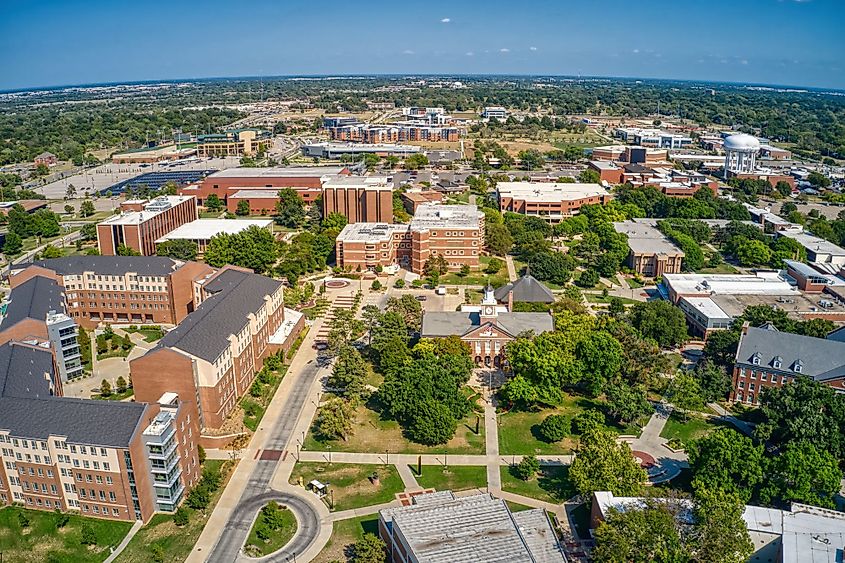
Wichita has a population of 392,059 inhabitants, with a population density of 947.52 people per sq. km. The median household income is $71,335, and the gross monthly rent is $809. The average age of a resident is 35 years old. On the cost of living index, Wichita rates 82.1, whereas the state of Kansas rates 83.1. Yet, 15.9% of the population lives below the poverty line.
The unemployment rate is 5.9%, whereas the US unemployment rate is 6.0%. Wichita's most significant economic drivers come from the following industries: manufacturing at 18.1% overall, healthcare and social assistance at 14.3%, and retail trade at 11.9%.In 1958, Dan and Frank Carney opened a pizzeria in Wichita called Pizza Hut. Pizza Hut served pan dish pizzas, breadsticks, and desserts upon opening. Within six months of the flagship location operating, the brothers had expanded the franchise to six locations. One of the first employees to work at Pizza Hut included NFL player and Hall of Famer Bill Parcells, who attended Wichita State University. Nonetheless, this is where the original building can be seen today. As of 2020, the Pizza Hut franchise had over 17,000 locations, making it the largest pizza chain by the number of locations. However, Pizza Hut wasn't the only franchise that started in Wichita. White Castle got its humble beginning in the "Air Capital," opening its doors in 1921. The flagship location closed in 1938, but the franchise is one of the most recognized burger chains in the US.
Attractions In Wichita
Old Cowtown Museum
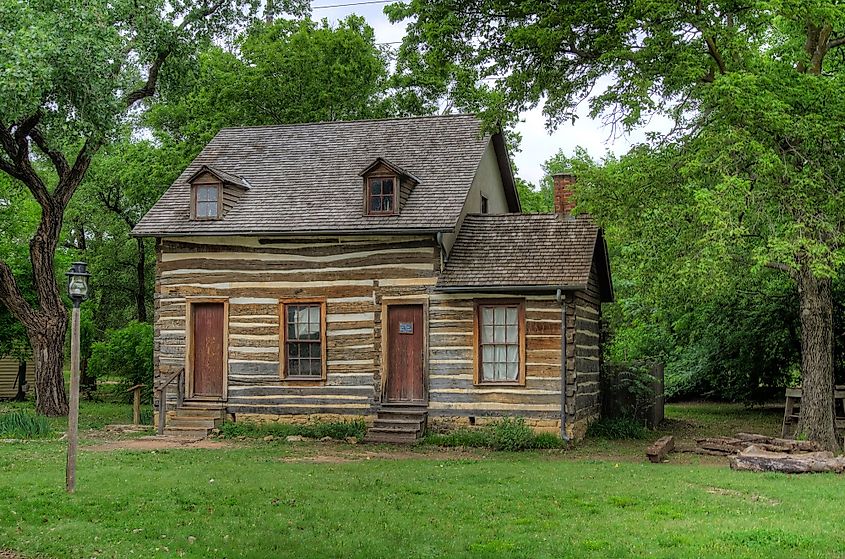
Found beside the Arkansas River is the Old Cowtown Museum. Established in 1952, the outdoor museum houses historic and re-created buildings located on the Chisholm Trail over 23 acres. The site has been featured in my movies and shows, such as The Only Good Indian (2009) and Skylark (1992). The goal of the historic preservation and living history site is to educate the public on the significance of the Chisholm Trail and its impact on Wichita’s history. The museum houses over 12,000 artifacts and has live animals on site, such as Percheron horses, short-horn Durham cows, and sheep.
Museum Of World Treasures
The Museum of World Treasures showcases collections of dinosaur fossils, ancient Egyptian relics, the Berlin Wall, items from World War I and II, and artifacts from former presidents. The museum aims to teach kids and adults alike the significance of history with a fun delivery while creating a love for lifelong learning. One of the most notable exhibits is the actual document showcase that displays an authentic historical document and not a commonly viewed display copy. This document is swapped out every three months, so it doesn't have too much light exposure, and the display is consistently changing. Past records have included old presidential documents and items from the renaissance.
With an early origin as a Midwestern town driven by cowboys on the Chisholm Trail, who also saw an economic downturn at the turn of the century, Wichita has a unique history waiting to be learned on the alluvial plains and Flint Hills. Once known as "cow town," the settlement now serves as the largest city in Kansas as a quiet metropolis among the Arkansas River. With many museums and outdoor spaces, there is much to see and do in Wichita.
